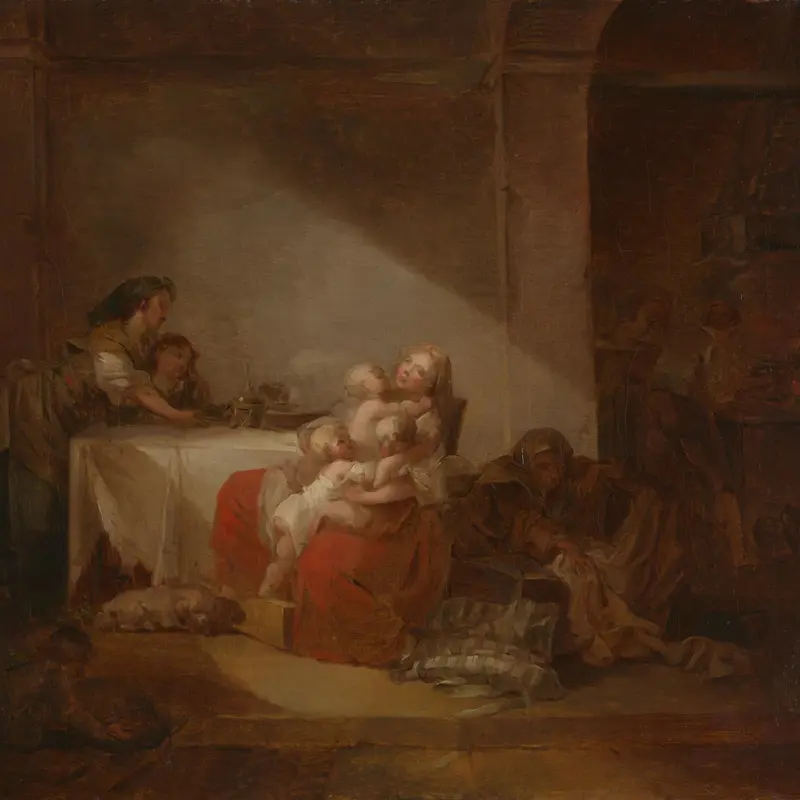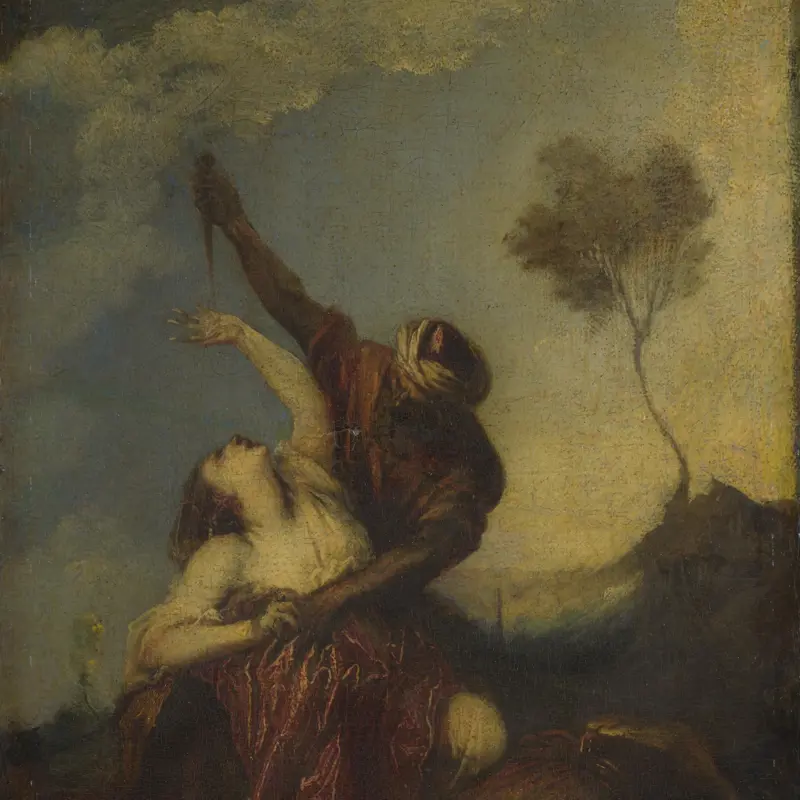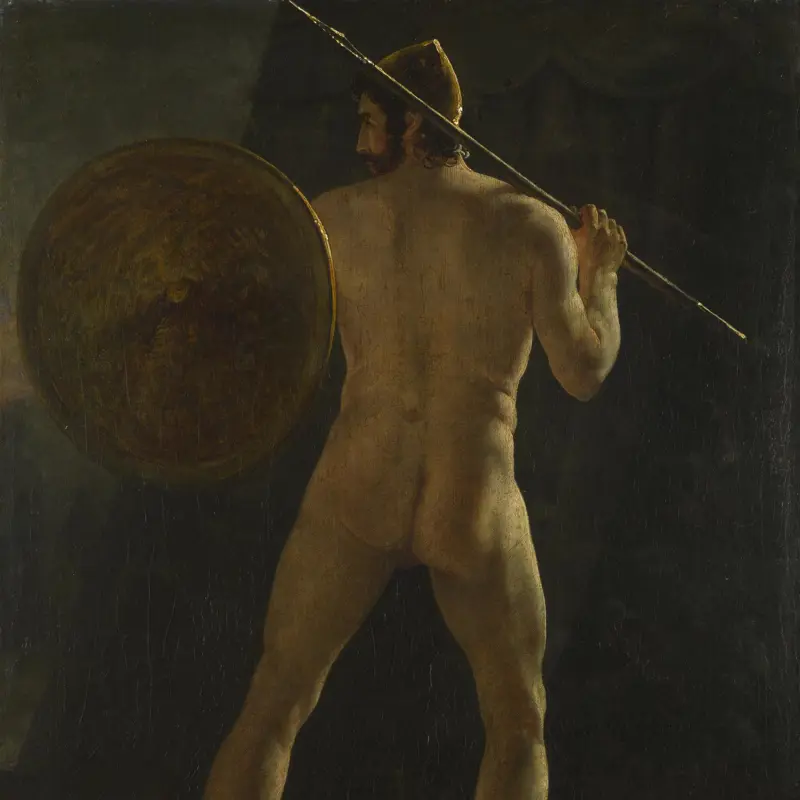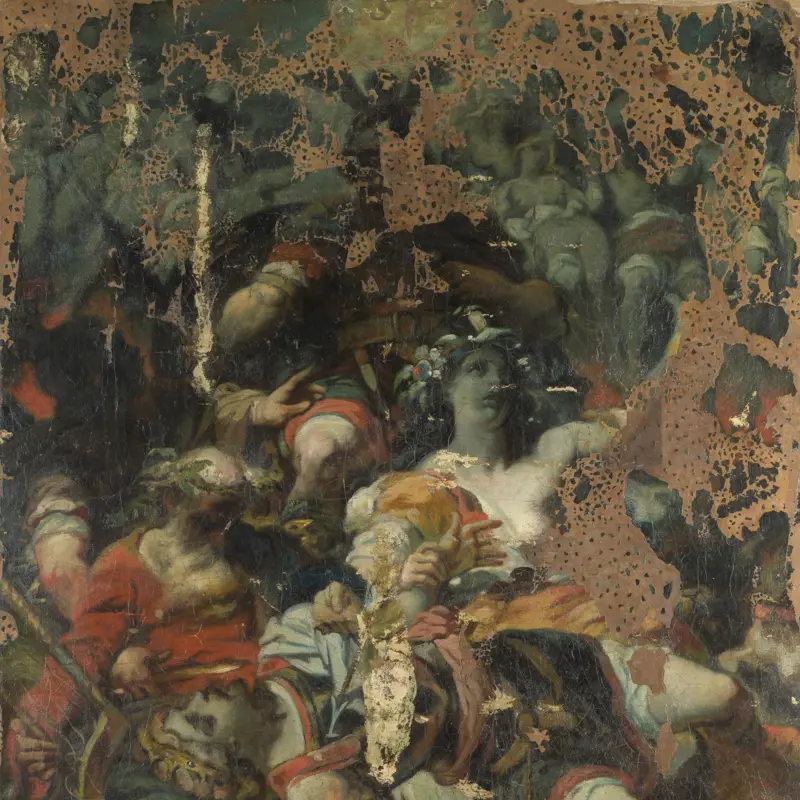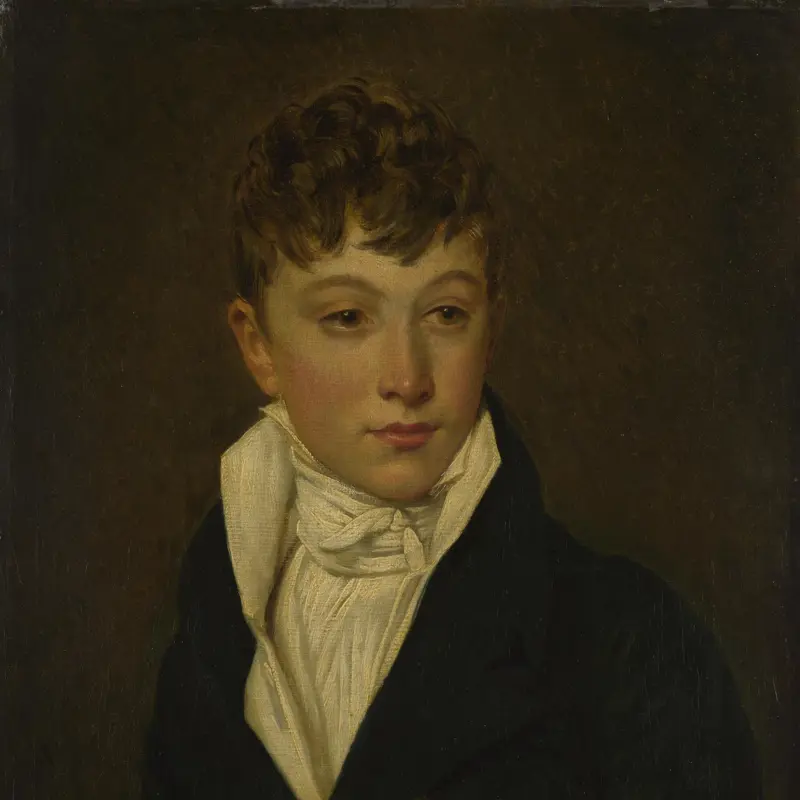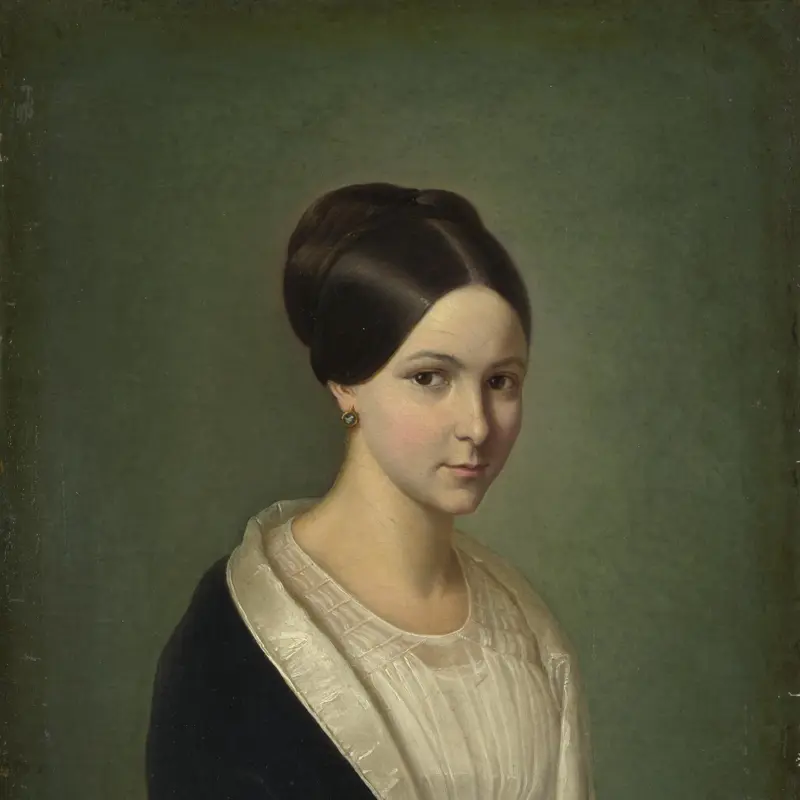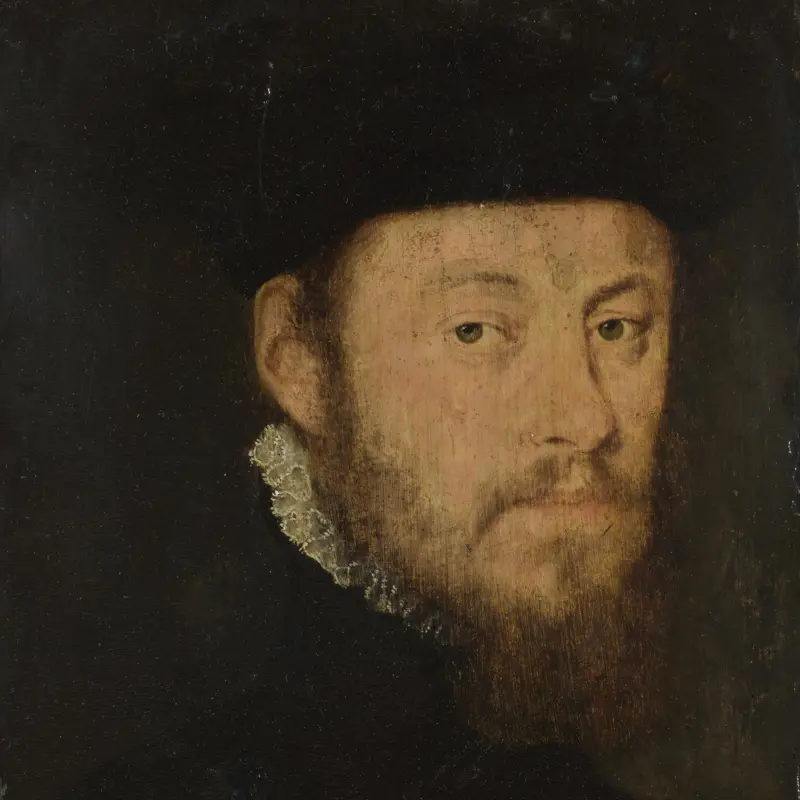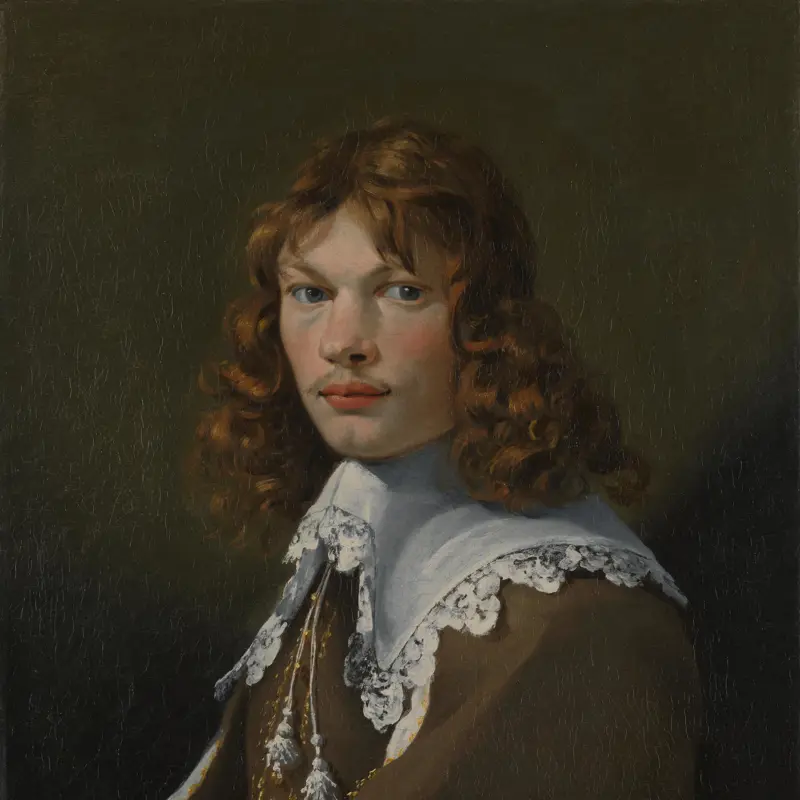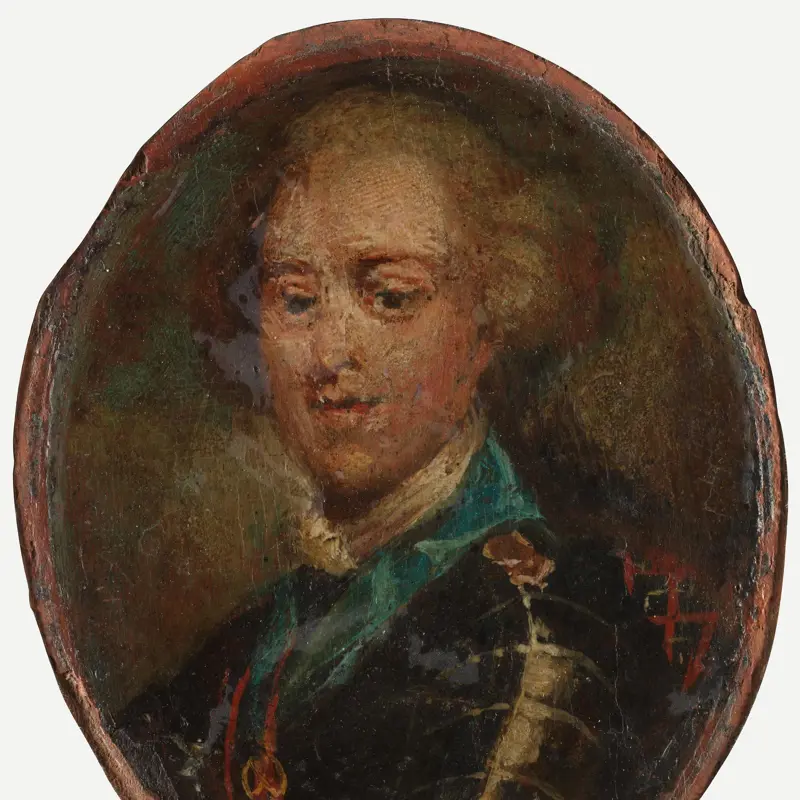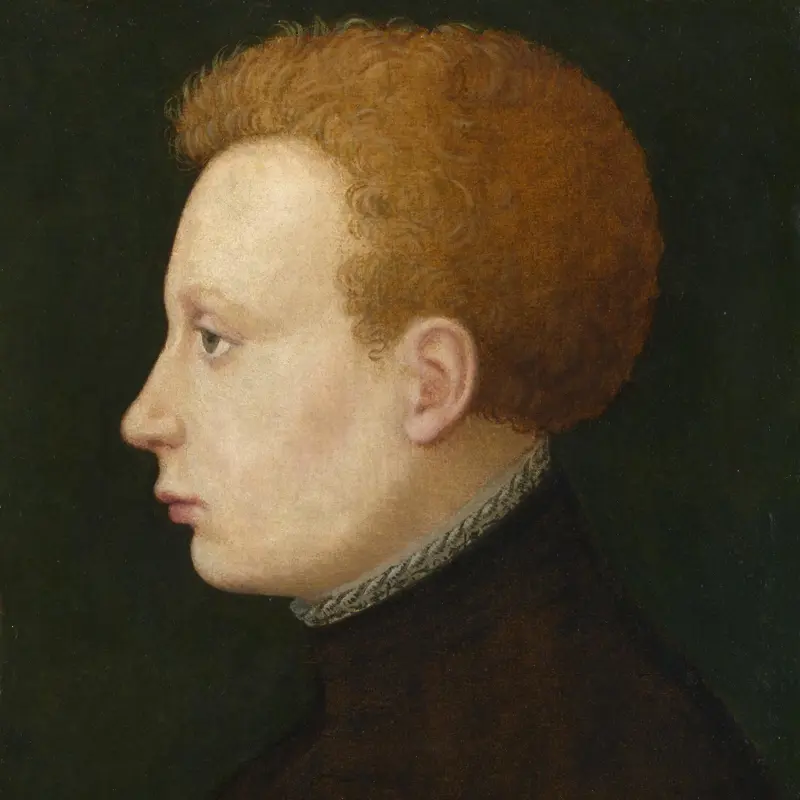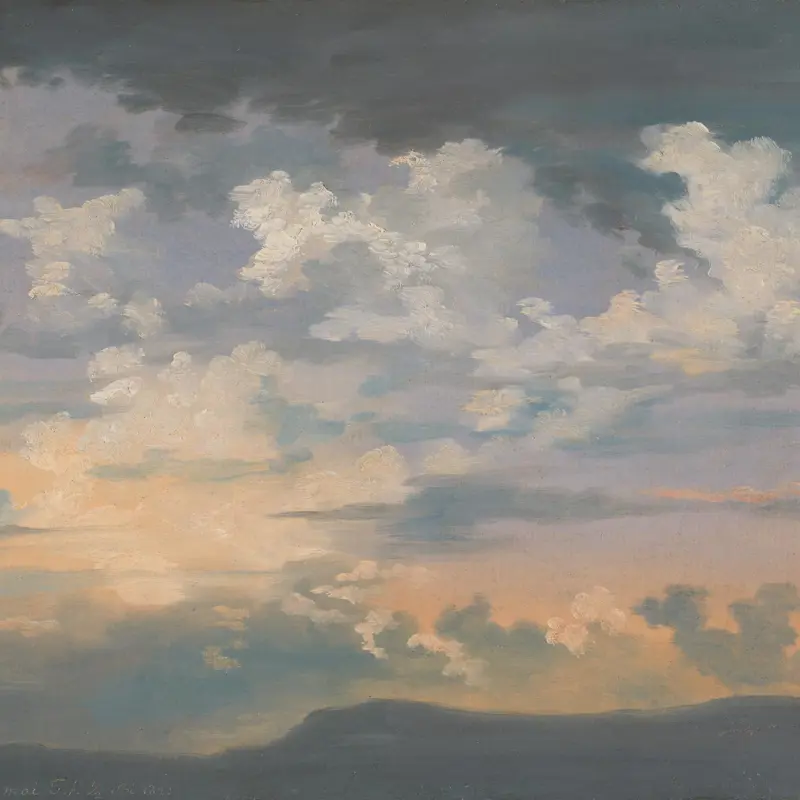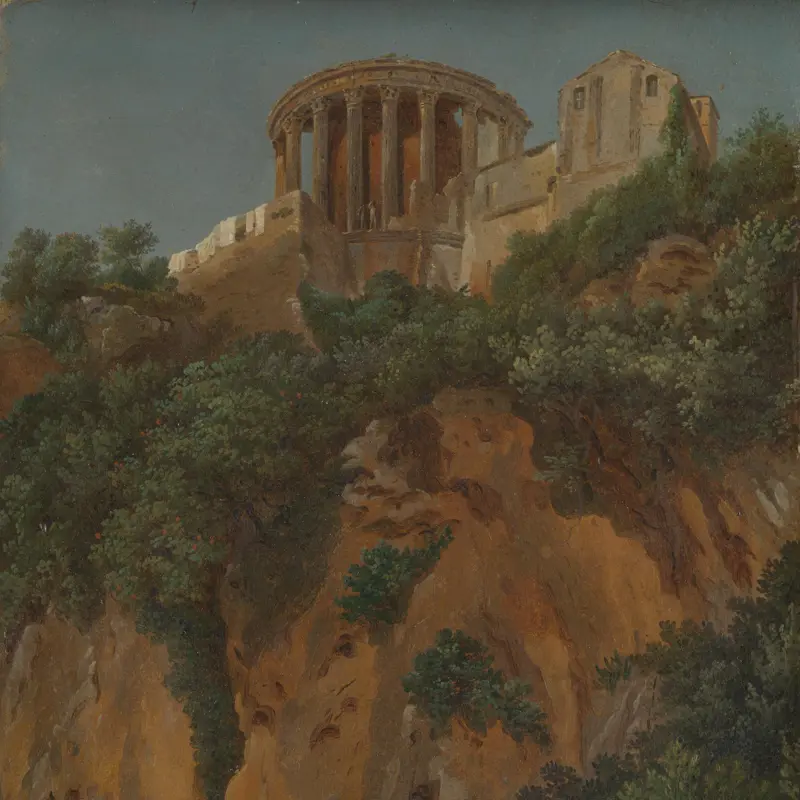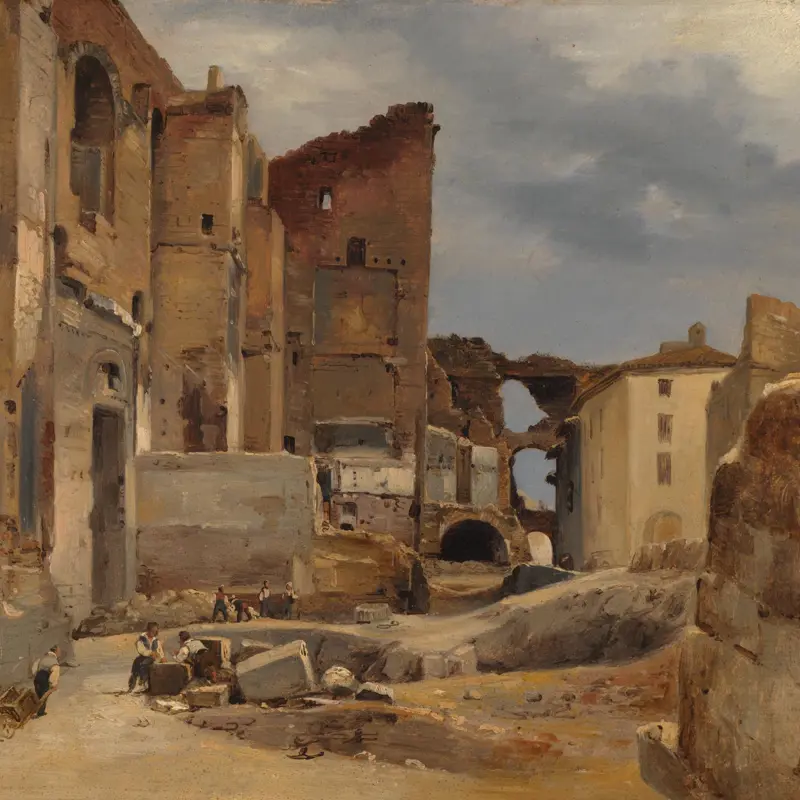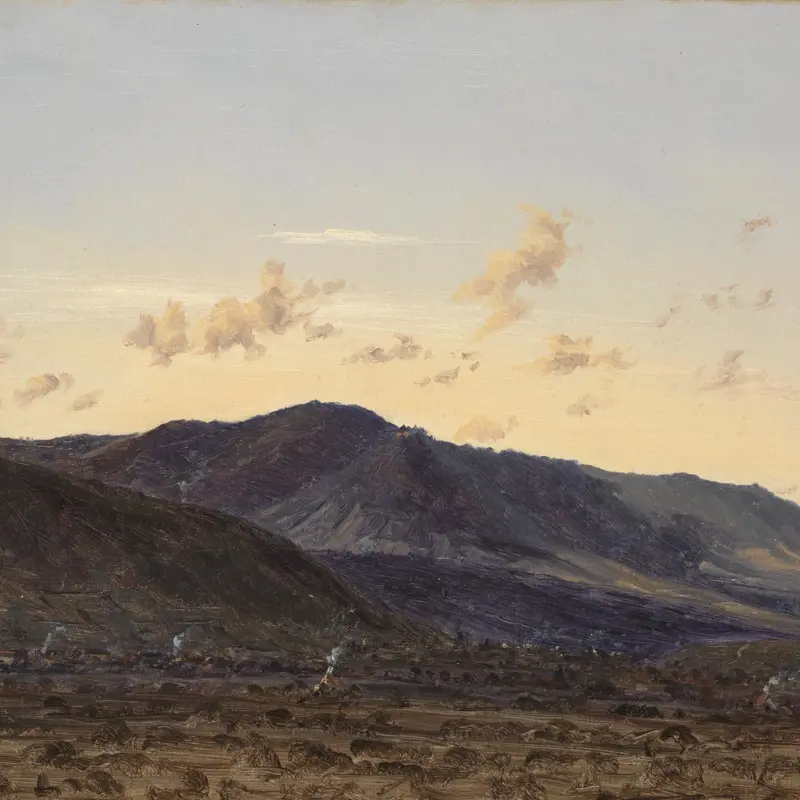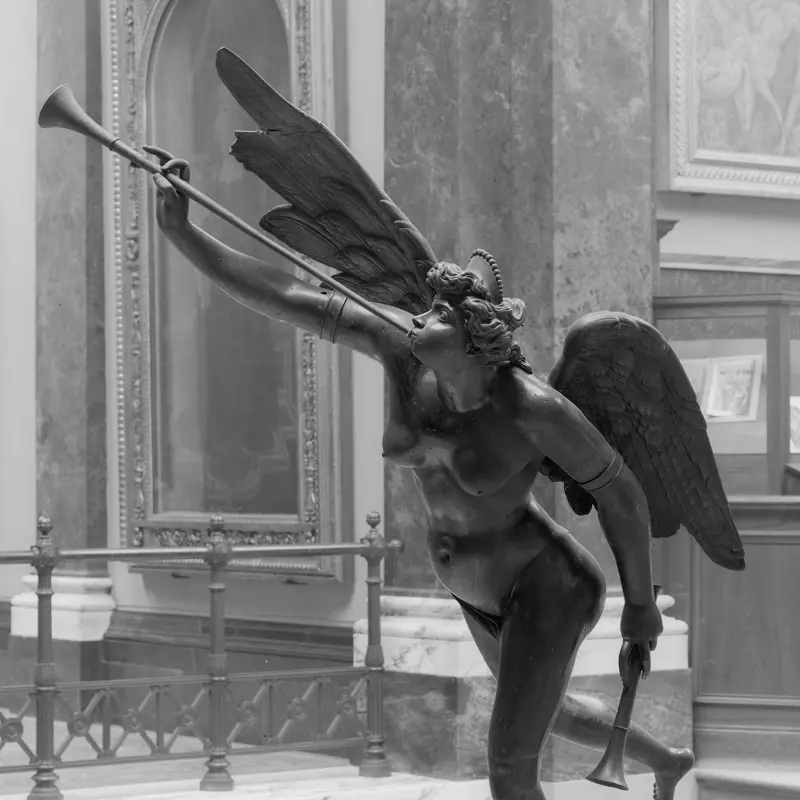French, 'A Black Woman', 19th century
About the work
Overview
This striking oil portrait of a nude Black woman wearing a turban is most likely French from the nineteenth century. We do not know who painted it, although it has been attributed to Delacroix, Fromentin and to Marie-Guillemine Benoist, a student of David. The painting does share some similarities with Benoist’s Portrait of a Black Woman (Louvre, Paris), which was exhibited at the Paris Salon in 1800.
Early to mid-nineteenth-century portraits of Black people are relatively rare in European art, but they were painted by Romantic artists such as Géricault and Delacroix and painters depicting Orientalist themes. Throughout the late eighteenth and early nineteenth centuries there was growing opposition to slavery from the abolitionist movement. Slavery was abolished in France during the Revolution but subsequently re-established by Napoleon, who feared losing French colonies. Like Benoist’s portrait in the Louvre, this picture’s sympathetic presentation of the sitter perhaps reflects a growing recognition of Black people as individuals rather than types.
Key facts
Details
- Full title
- A Black Woman
- Artist
- French
- Date made
- 19th century
- Medium and support
- oil on canvas
- Dimensions
- 81.3 × 66.7 cm
- Acquisition credit
- Sir Hugh Lane Bequest, 1917, The National Gallery, London. In partnership with Hugh Lane Gallery, Dublin.
- Inventory number
- NG3250
- Location
- On loan: Long Loan to The Hugh Lane (2019 - 2031), Dublin City Gallery The Hugh Lane, Dublin, Ireland
- Collection
- Main Collection
Provenance
Additional information
Text extracted from the ‘Provenance’ section of the catalogue entry in Martin Davies, with additions and some revisions by Cecil Gould, ‘National Gallery Catalogues: French School: Early 19th Century, Impressionists, Post-Impressionists, etc.’, London 1970; for further information, see the full catalogue entry.
Exhibition history
-
2006Long Loan to The Hugh Lane (2006 - 2019)Dublin City Gallery The Hugh Lane31 December 2006 - 18 April 2021
-
2018Black Models from Géricault to MatisseMusée d'Orsay25 March 2019 - 21 July 2019
-
2021Long Loan to The Hugh Lane (2019 - 2031)Dublin City Gallery The Hugh Lane24 February 2021 - 23 February 2031
Bibliography
-
1957Martin Davies, National Gallery Catalogues: French School, 2nd edn (revised), London 1957
-
1970Davies, Martin, and Cecil Gould, National Gallery Catalogues: French School: Early 19th Century, Impressionists, Post-Impressionists etc., London 1970
-
2001
C. Baker and T. Henry, The National Gallery: Complete Illustrated Catalogue, London 2001
About this record
If you know more about this work or have spotted an error, please contact us. Please note that exhibition histories are listed from 2009 onwards. Bibliographies may not be complete; more comprehensive information is available in the National Gallery Library.

